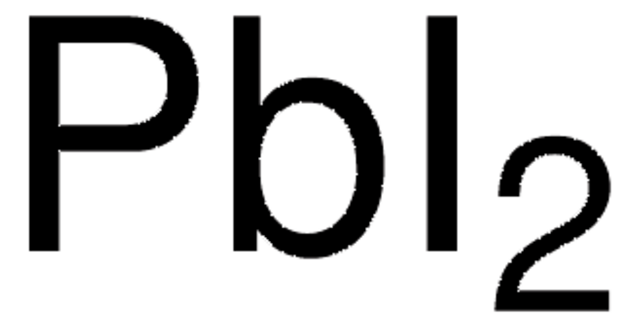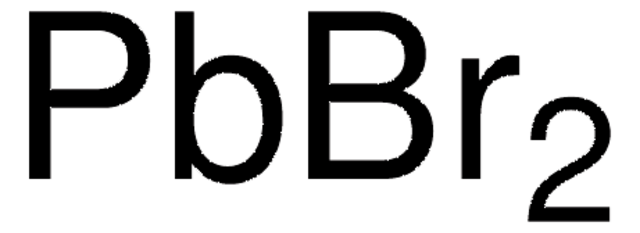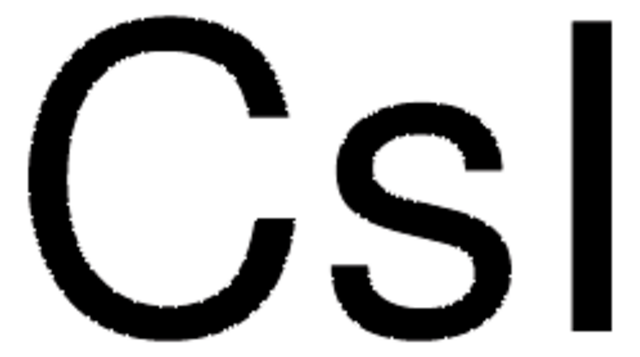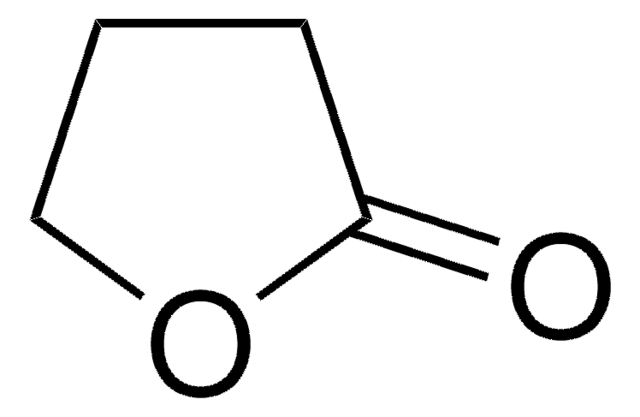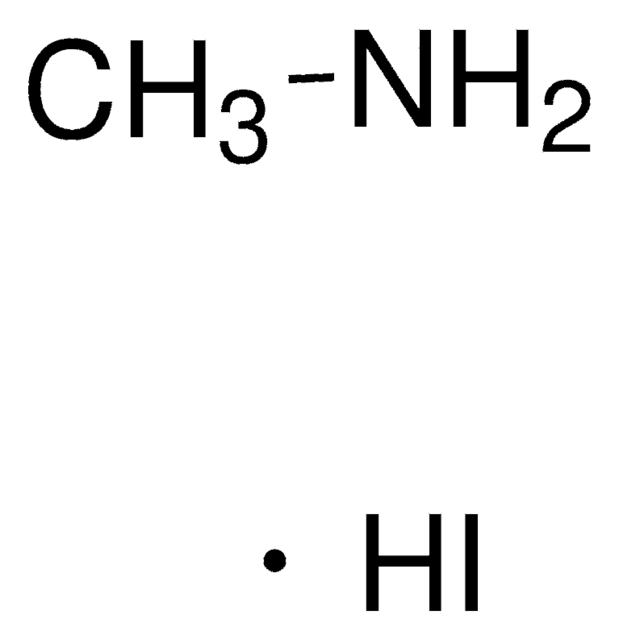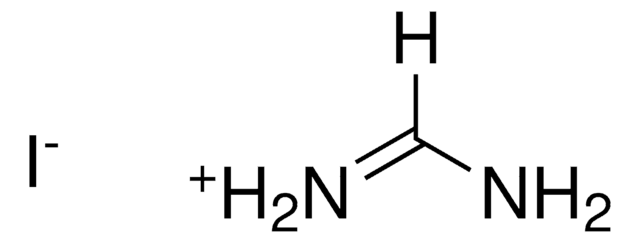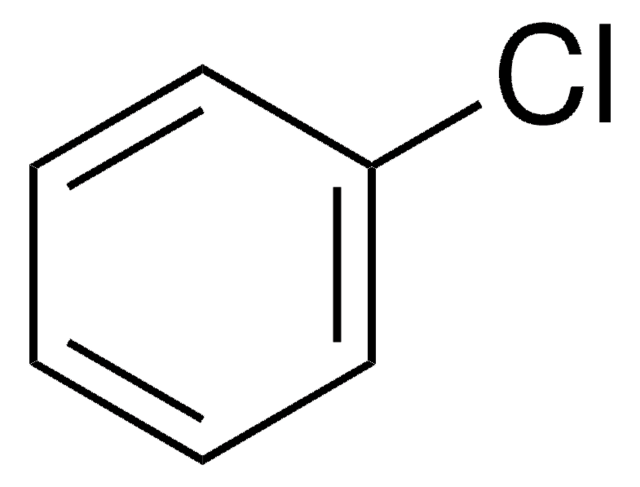About This Item
推荐产品
质量水平
方案
99.999% trace metals basis
表单
solid
反应适用性
reagent type: catalyst
core: lead
杂质
≤15.0 ppm Trace Metal Analysis
沸点
954 °C (lit.)
mp
402 °C (lit.)
密度
6.16 g/mL at 25 °C (lit.)
SMILES字符串
I[PbH2]I
InChI
1S/2HI.Pb/h2*1H;/q;;+2/p-2
InChI key
RQQRAHKHDFPBMC-UHFFFAOYSA-L
正在寻找类似产品? 访问 产品对比指南
一般描述
应用
- 作为前驱体盐制造钙钛矿太阳能电池。在前驱体溶液中加入少量过量的PbI2后可通过提高电荷提取来增强器件性能。
- 因其电化学特性而用作电池电极材料。它可进行可逆反应,是适合铅电池的候选材料。
- 作为关键组分与氧化铅(PbO)共同制作稳定灵敏的半导体探测器材料用于辐射剂量无损检测(NDT)。
- 作为关键组分开发医学成像用X射线探测器。
- 制备铯铅碘钙钛矿量子点以制造高稳定性的LED。
警示用语:
Danger
危险分类
Acute Tox. 4 Inhalation - Acute Tox. 4 Oral - Aquatic Acute 1 - Aquatic Chronic 1 - Repr. 1A - STOT RE 2
储存分类代码
6.1C - Combustible acute toxic Cat.3 / toxic compounds or compounds which causing chronic effects
WGK
WGK 3
闪点(°F)
Not applicable
闪点(°C)
Not applicable
个人防护装备
Eyeshields, Gloves, type P3 (EN 143) respirator cartridges
历史批次信息供参考:
分析证书(COA)
商品
Dye-sensitized solar cells as a promising, low-cost photovoltaic technology.
Colloidal quantum dots (CQDs) are semiconducting crystals of only a few nanometers (ca. 2–12 nm) coated with ligand/surfactant molecules to help prevent agglomeration.
Controlled synthesis of metal clusters regulates ligands and atoms, advancing metal nanomaterial synthesis.
Next generation solar cells have the potential to achieve conversion efficiencies beyond the Shockley-Queisser (S-Q) limit while also significantly lowering production costs.
我们的科学家团队拥有各种研究领域经验,包括生命科学、材料科学、化学合成、色谱、分析及许多其他领域.
联系技术服务部门